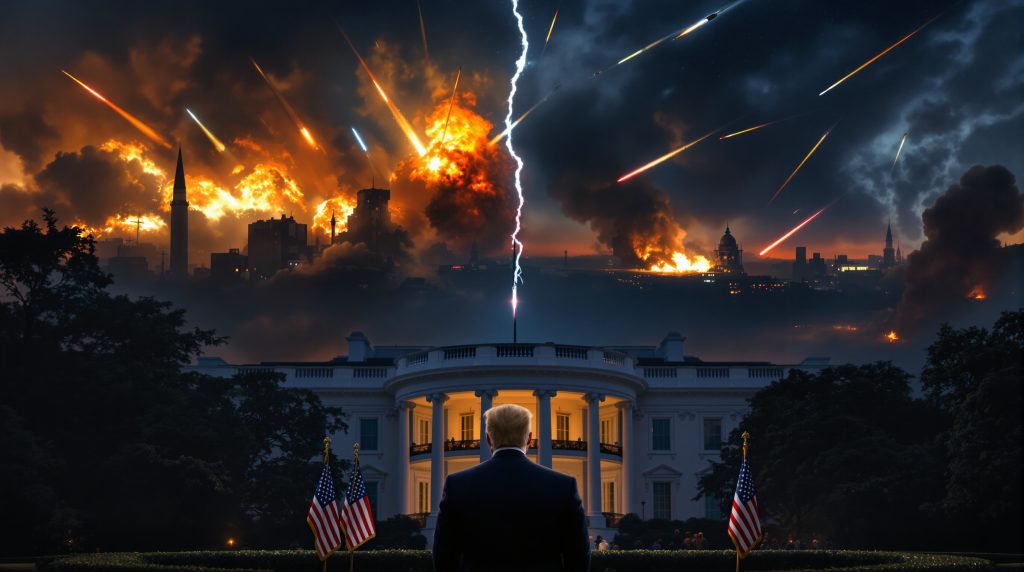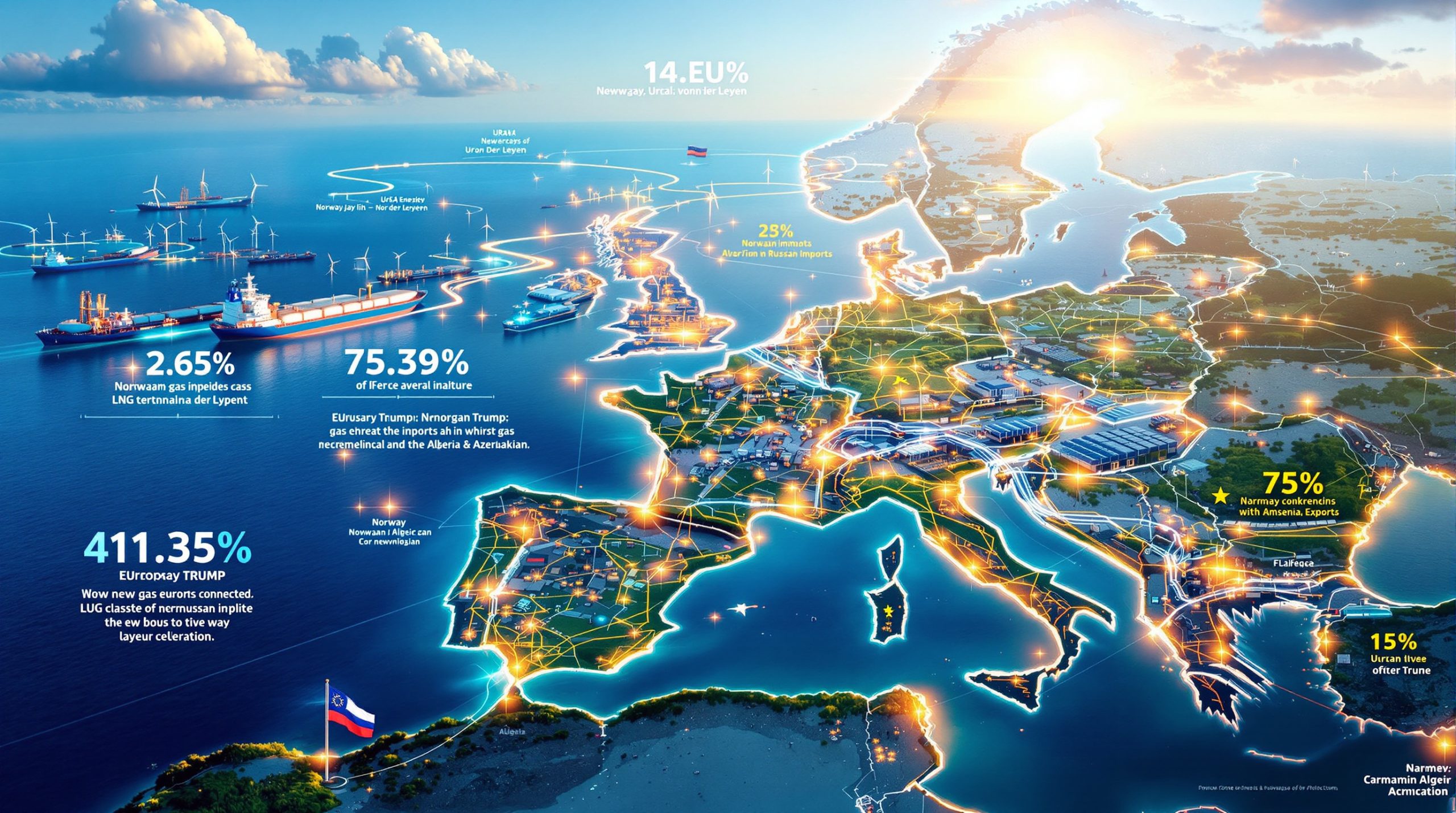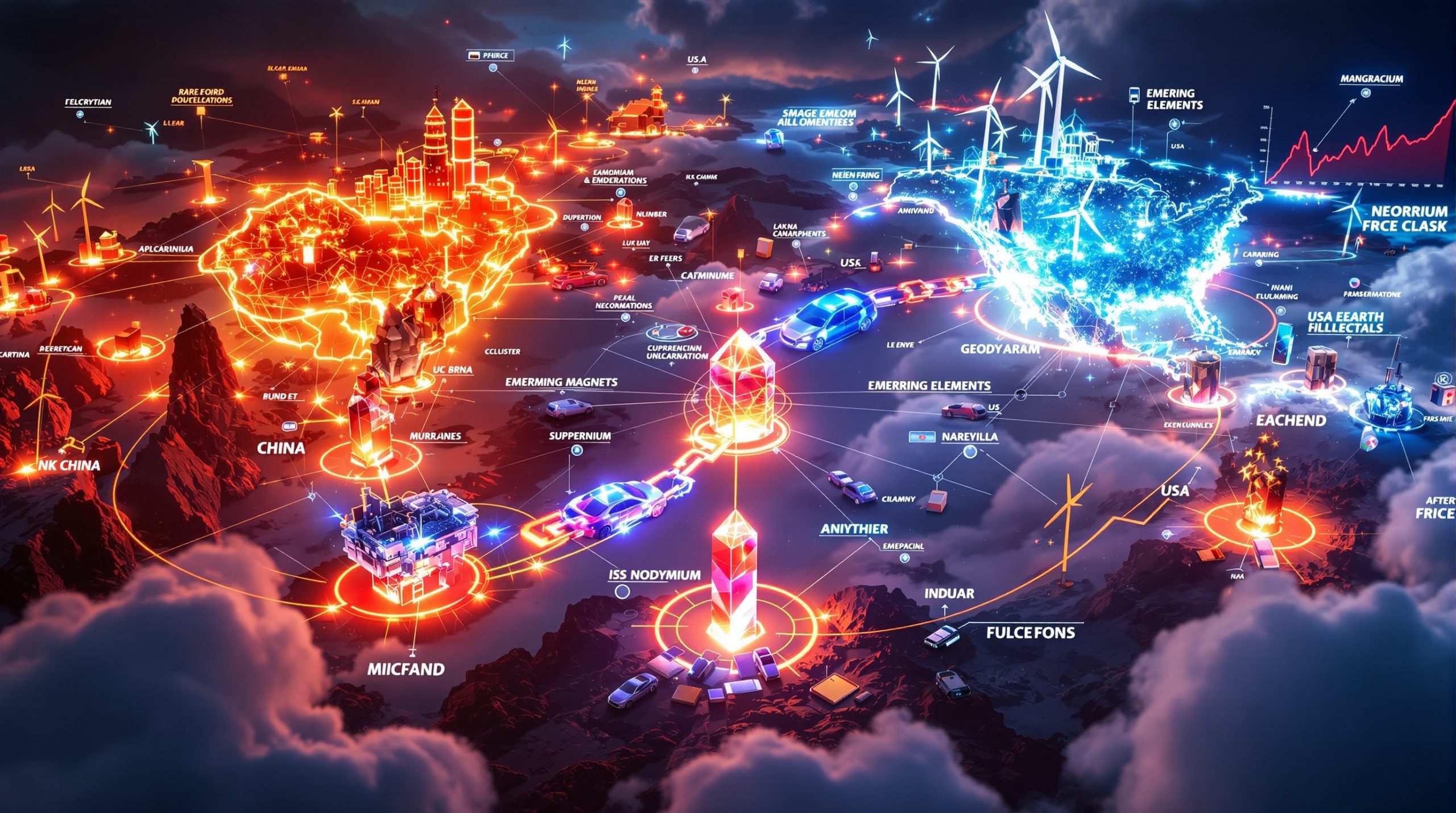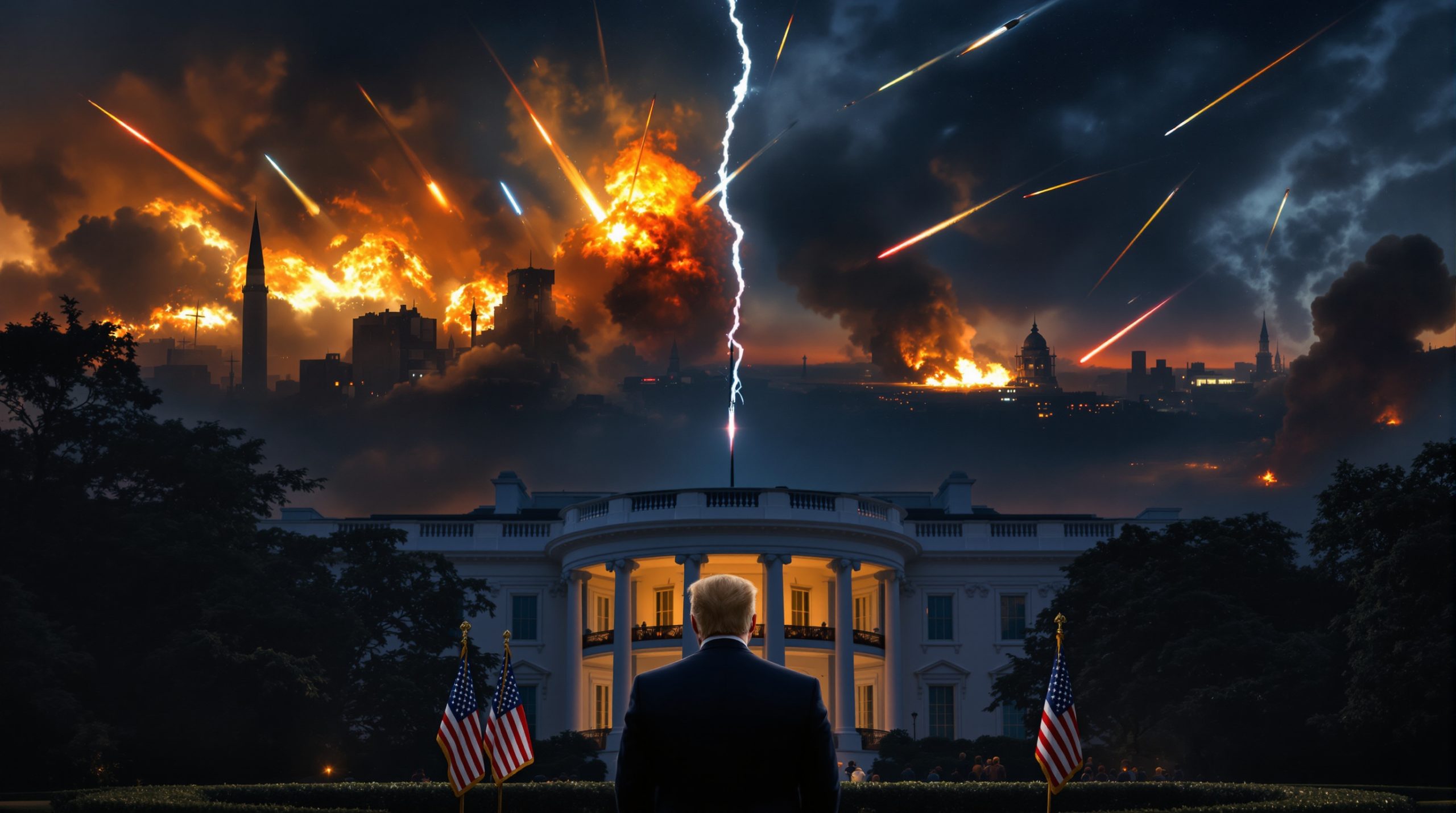Russia's Intensified Strikes on Ukraine Following Zelensky's White House Visit
Russia launched a massive aerial assault on Ukraine immediately following Ukrainian President Volodymyr Zelensky's high-profile diplomatic mission to Washington. On August 19, 2025, Russian forces deployed approximately 270 drones and 10 missiles across multiple Ukrainian regions, causing widespread destruction and civilian casualties. This dramatic escalation came directly after Zelensky's meetings with U.S. President Donald Trump and key European leaders at the White House, where they discussed potential peace negotiations and security guarantees for Ukraine.
The timing of these attacks appears deliberately calculated to undermine diplomatic initiatives and demonstrate Russia's continued military capabilities despite ongoing international pressure.
What Was the Human Impact of Russia's Retaliatory Strikes?
Civilian Casualties and Infrastructure Damage
The August 19 attacks resulted in at least 15 confirmed deaths and injured 76 civilians across multiple regions. The Poltava region suffered severe infrastructure damage, leaving over 1,500 residents without electricity. Chernihiv also experienced significant power disruptions after drone strikes targeted critical energy facilities.
This pattern of targeting civilian infrastructure has become increasingly common, with the United Nations Human Rights Monitoring Mission reporting that July 2025 saw the highest monthly civilian casualty count (286 killed and 1,388 injured) since May 2022. These figures reflect Russia's intensified use of aerial bombs and short-range drones against populated areas.
Regional Impact Assessment
The strikes affected multiple regions simultaneously:
- Kharkiv Region: Experienced heavy shelling and drone attacks
- Donetsk Region: Remained the site of the most intense ground combat
- Zaporizhzhya Region: Both Ukrainian and Russian-controlled areas suffered power outages
- Kherson Region: Continued to face artillery bombardment
- Poltava Region: Critical energy infrastructure damaged
- Chernihiv Region: Power distribution networks disrupted
What Was Discussed at Zelensky's White House Meeting?
Security Guarantees and Military Support
During the Washington talks, Zelensky discussed a potential $90 billion program for purchasing American weapons to strengthen Ukraine's defensive capabilities. Security guarantees formed a central component of these discussions, though specific details remain limited.
The meetings brought together not only U.S. leadership but also key European allies, demonstrating a coordinated Western approach to the conflict. This unified front appears to have prompted Russia's aggressive response, similar to how Trump tariffs impact global markets and international relations.
Peace Negotiation Prospects
Following the Washington meetings, Trump made a notable claim that Putin had agreed during a phone conversation to meet directly with Zelensky. According to Trump's statement to Fox News on August 19:
"We're going to find out about President Putin in the next couple of weeks…It's possible that he doesn't want to make a deal."
White House spokeswoman Karoline Leavitt later confirmed that both leaders had expressed willingness to engage in direct diplomacy, stating that "accommodations for that meeting are under way."
However, the Kremlin's response remained characteristically ambiguous. Russian Foreign Minister Sergei Lavrov emphasized that "any contacts involving the most senior leaders need to be prepared with the utmost care," without explicitly confirming Putin's participation.
How Has the Conflict Intensified Along the Front Lines?
Current Battle Hotspots
The Ukrainian General Staff reported 186 combat engagements in the 24 hours following Zelensky's Washington visit. Russian forces launched 2 missile strikes, 78 air strikes, and dropped 162 guided bombs during this period.
The most intense fighting continues to center around Pokrovsk in the Donetsk region, where Russian forces have been making incremental territorial gains. This strategic town represents a critical logistical hub for Ukrainian forces in the eastern theater.
Escalating Tactics and Technology
Both sides have increasingly employed advanced drone technology and precision-guided munitions. Ukraine has adopted asymmetric tactics, including strikes against Russian fuel depots and refineries to disrupt supply lines. Meanwhile, Russia has intensified its use of glide bombs and long-range missiles to target Ukrainian infrastructure far from the front lines.
This technological escalation has contributed to the rising civilian toll, as these weapons often impact areas beyond military targets. Additionally, economic challenges have mounted with the Ukrainian VAT suspension affecting businesses operating in the country.
What Has Been the International Response to the Escalation?
Diplomatic Reactions
Ukrainian Foreign Minister Andriy Sybiha condemned Russia's attacks as "the opposite of peace," highlighting the stark contrast between diplomatic efforts in Washington and the reality on the ground in Ukraine.
European leaders expressed skepticism about Putin's willingness to engage in meaningful negotiations. German Chancellor Friedrich Merz noted: "We don't know whether the Russian president will have the courage to attend such a summit. Therefore, persuasion is needed."
Public Sentiment in Ukraine
Kyiv residents interviewed by media outlets expressed mixed feelings about potential negotiations with Putin. One woman stated: "After they rolled a red carpet for [Russian President Vladimir Putin] I completely lost my faith in humanity as well as a belief that the situation can improve."
Another resident questioned the morality of engaging with Putin, describing him as a "monster" and asking: "How to look him in the face, how much evil he has done? How to shake his hand? I cannot imagine it."
How Are Civilian Populations Being Affected by the Conflict?
UN Assessment of Humanitarian Impact
The UN Human Rights Monitoring Mission has highlighted the devastating effect of intensified Russian assaults on civilian life. Danielle Bell, head of the mission, emphasized the pervasive danger facing all Ukrainians:
"Whether you are in a hospital or a prison, at home or at work, close to or far away from the front line, if you are in Ukraine today, you are at risk of getting killed or injured by the war. The risk is significantly higher than last year, and it continues to rise."
Energy Infrastructure Targeting
Russia's systematic targeting of energy facilities appears designed to maximize civilian hardship as Ukraine approaches another winter. The August 19 attacks damaged power distribution networks in multiple regions, continuing a pattern of strikes against electricity generation and transmission infrastructure.
In Russian-controlled territories, Ukrainian counter-strikes have also disrupted power supplies. Moscow-installed Governor Yevgeny Balitsky reported that Ukrainian drone attacks on August 19 knocked out power to areas of the Zaporizhzhya region under Russian occupation.
What Are the Strategic Implications of This Escalation?
Military Pressure Tactics
Russia's intensification of strikes following Zelensky's diplomatic mission appears calculated to strengthen Moscow's negotiating position by demonstrating continued military capabilities. By targeting civilian infrastructure, Russia aims to undermine Ukrainian morale and increase pressure on Kyiv to consider territorial concessions.
Diplomatic Leverage Dynamics
The timing of these attacks—immediately after high-profile diplomatic engagements—suggests Russia is attempting to counter any perception of weakness that might arise from potential peace talks. By escalating military actions, Moscow signals that it remains in a position of strength despite international isolation and sanctions.
This approach reflects Russia's consistent strategy of combining military pressure with diplomatic maneuvering to maximize leverage in any potential negotiations, reminiscent of how US–China trade strategies have evolved in recent years.
What Are the Prospects for Peace Negotiations?
Conditions for Potential Talks
Zelenskyy has consistently stated his willingness to engage in peace talks, while emphasizing that Ukraine's territorial integrity must be respected. Putin has previously insisted on Ukrainian territorial concessions as a precondition for negotiations.
The potential breakthrough suggested by Trump—direct talks between Putin and Zelenskyy—would represent a significant diplomatic development if realized. However, the intensified Russian strikes following the Washington meetings raise questions about Moscow's genuine interest in meaningful negotiations.
Role of International Mediators
Trump's claim of facilitating communication between Putin and Zelenskyy highlights the potential role of third-party mediators in advancing peace prospects. The involvement of European leaders in the Washington talks suggests a coordinated Western approach to potential negotiations.
However, skepticism remains high among European officials regarding Putin's willingness to engage constructively. The coming weeks will reveal whether the diplomatic initiatives discussed in Washington can overcome the reality of continued Russian aggression, with many investors turning to gold as a safe haven during these uncertain times.
FAQ: Russia's Escalation Following Zelensky's White House Visit
What triggered Russia's massive drone and missile attack on Ukraine in August 2025?
The attacks came immediately following Ukrainian President Volodymyr Zelensky's high-profile diplomatic meetings at the White House with U.S. President Donald Trump and key European leaders. The timing suggests a deliberate response to these diplomatic initiatives.
How many casualties resulted from Russia's August 19 strikes?
Ukrainian regional officials reported at least 15 deaths and 76 injuries across multiple regions, including Kharkiv, Donetsk, Zaporizhzhya, and Kherson. The UN has noted that July 2025 saw the highest monthly civilian casualty figures since May 2022.
What was discussed during Zelensky's White House meeting?
The talks focused on security guarantees for Ukraine, including a potential $90 billion program for purchasing American weapons, and prospects for direct peace negotiations between Zelensky and Putin. Trump later claimed that Putin had agreed to meet with Zelensky.
Has Putin confirmed his willingness to meet with Zelensky?
While Trump stated that Putin agreed to direct talks during a phone conversation, the Kremlin's response has been characteristically ambiguous. Russian Foreign Minister Sergei Lavrov emphasized that such high-level contacts require careful preparation, without explicitly confirming Putin's participation.
What areas of Ukraine are experiencing the most intense fighting?
The fiercest battles are concentrated near Pokrovsk in the Donetsk region, a critical logistical hub for Ukrainian forces. The Ukrainian General Staff reported 186 combat engagements in a 24-hour period following Zelensky's Washington visit.
Conclusion: Escalation Amid Diplomatic Efforts
Russia's massive aerial assault on Ukraine following President Zelensky's White House visit underscores the complex interplay between diplomatic initiatives and military realities in this protracted conflict. The timing and scale of these attacks—270 drones and 10 missiles across multiple regions—appear deliberately calculated to undermine peace efforts and demonstrate Russia's continued military capabilities.
As civilian casualties mount and infrastructure damage accumulates, the prospects for meaningful negotiations remain uncertain. Trump's claim that Putin has agreed to direct talks with Zelensky represents a potential diplomatic breakthrough, but Russia's actions on the ground tell a different story.
The coming weeks will reveal whether the diplomatic momentum generated in Washington can overcome the reality of continued Russian aggression. For now, Ukrainian civilians continue to bear the heaviest burden of this conflict, with UN monitors reporting the highest monthly casualty figures since the early months of the war. Meanwhile, global markets continue to fluctuate as tariffs affect investments and international relations.
Further Exploration
Readers interested in learning more about the ongoing Russia-Ukraine conflict can also explore related educational content from Radio Free Europe/Radio Liberty, which provides regional reporting on developments in Eastern Europe.
Ready to Get Instant Alerts on Market-Moving Events?
Don't miss critical geopolitical developments that could impact your investment portfolio. Visit the Discovery Alert home page to receive real-time notifications of significant market events powered by our proprietary Discovery IQ model.




